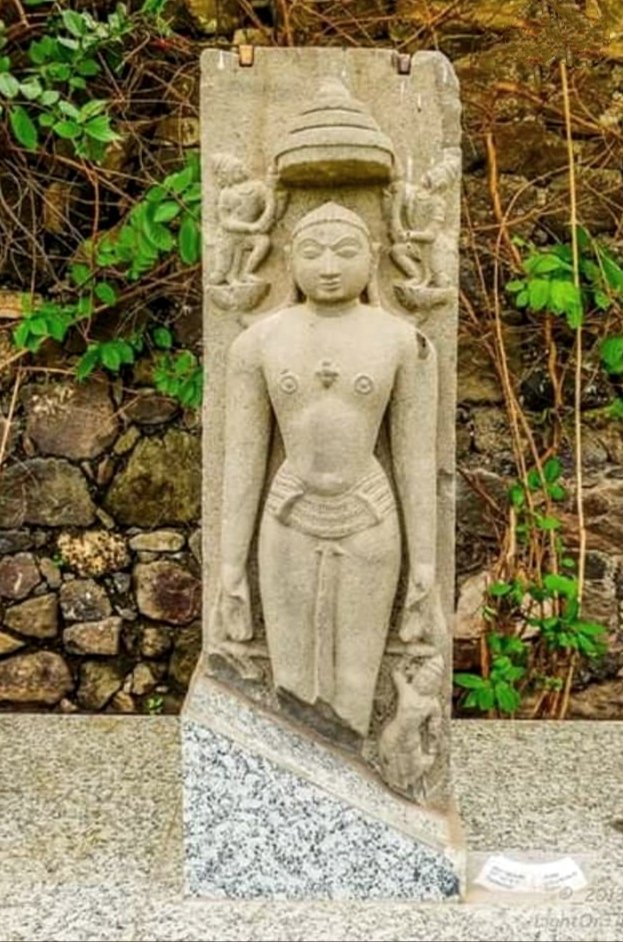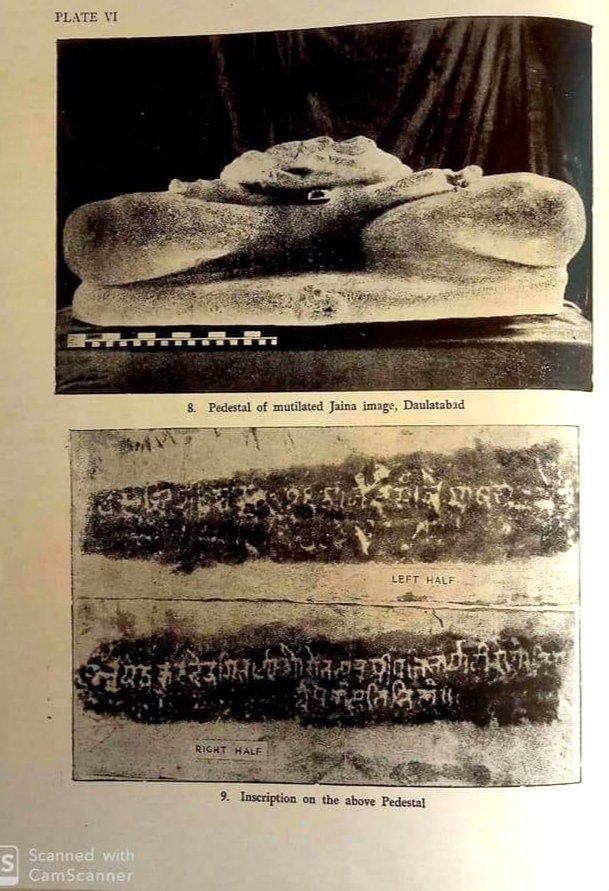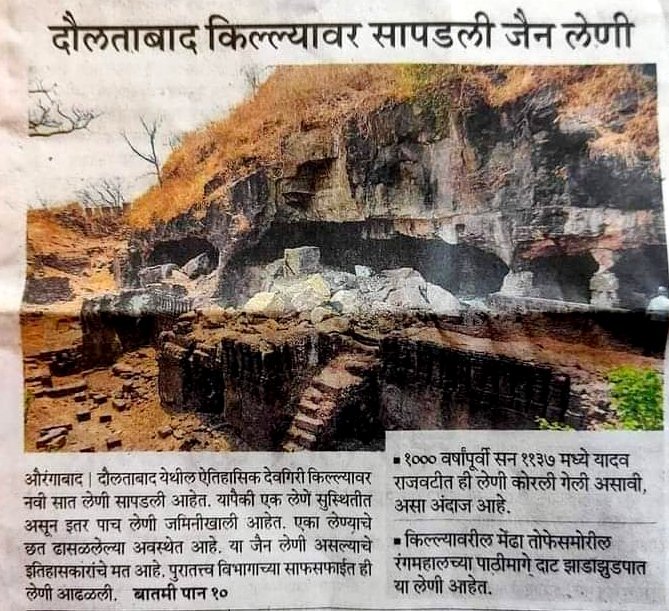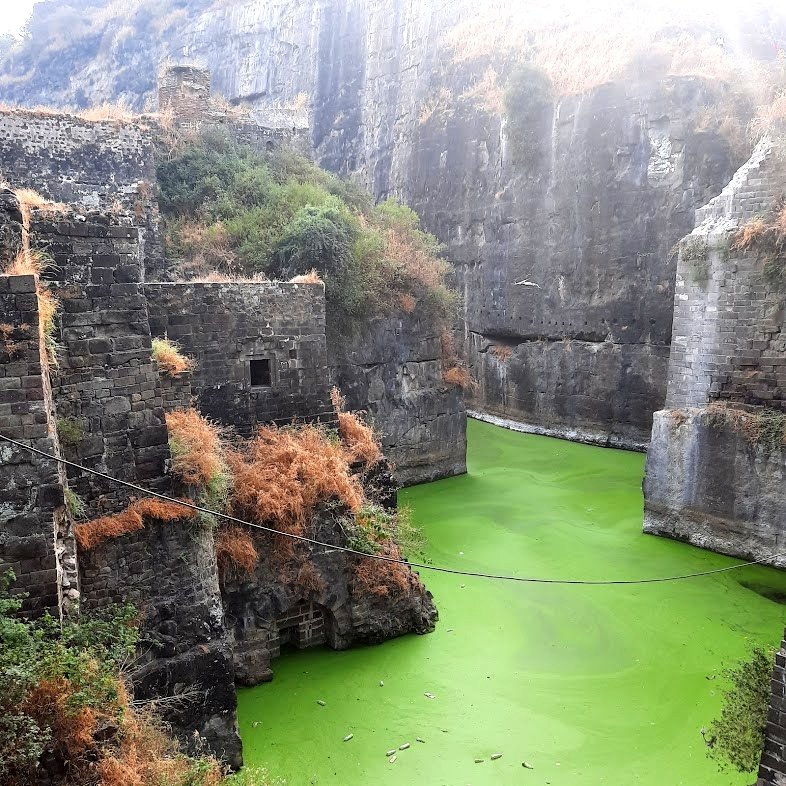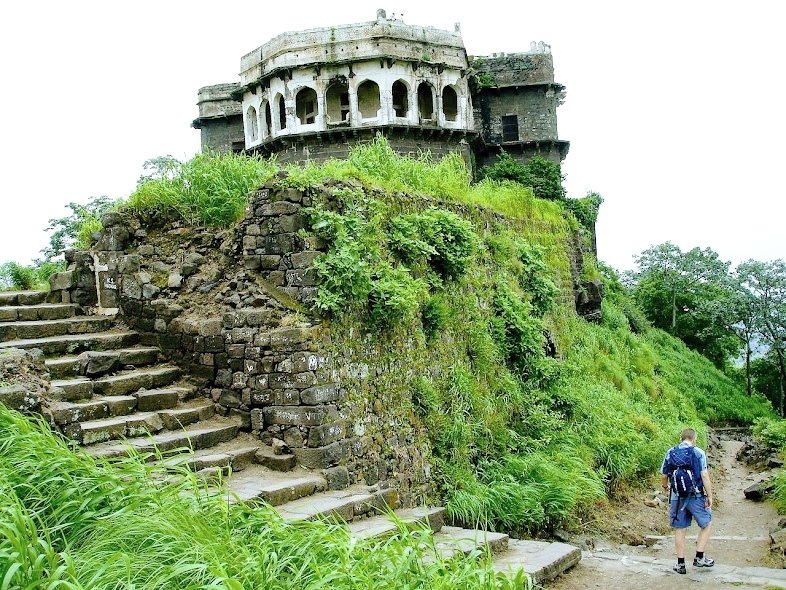
📣 Kalya Inscription restored & protected!
An Important inscription has survived the tests of time, giving us a strong account of the atrocities towards #Jains in #Karnataka, has been protected by locals. Though recorded in the EC, it's whereabouts were unknown for long
#Thread

An Important inscription has survived the tests of time, giving us a strong account of the atrocities towards #Jains in #Karnataka, has been protected by locals. Though recorded in the EC, it's whereabouts were unknown for long
#Thread


Rulers of Hoysala Dynasty were #Jains till King Vishnuvardhana aka Bitti Deva. In 12th century CE, Ramanujacharya who migrated to #Karnataka from Chola Kingdom converted many into Vaishnavism, including Bittideva whose name he changed to Vishnuvardhana after conversion.
(2)
(2)

However, his primary queen Shantala Devi remained a devout Jain & built a number of artistic Jain temples in the Hoysala Empire. The frequent attacks on #Jains by Vaishnavas eventually lead to migration of Jains from the capital Halebidu to places like Kalya, Sankighatta etc
(3)
(3)

Kalya is a village near Magadi, Ramanagaram District, #Karnataka. The village at the foothills with about 400 houses then was called 'Kalvaripattana/Kalvathipattana'. Later called Kalyanapura, now recognised in it's short form - Kalya.
(4)
(4)

On a hillock, there is a Cave temple called Gundina Basavanna Temple. There is still a Manastambha at Kalya, which clearly indicates that there was a Jaina centre. Even now we can find the destroyed structures of Jain temple/s & important Kannada stone inscriptions in Kalya.
(5)

(5)


It is said that Kalvaripattana ie, Kalya was a place where 75 Jain temples existed, out of which there was a wooden Jain temple. The whole place was set to fire & destroyed by Sri Vaiṣhṇavas.
(6)



(6)

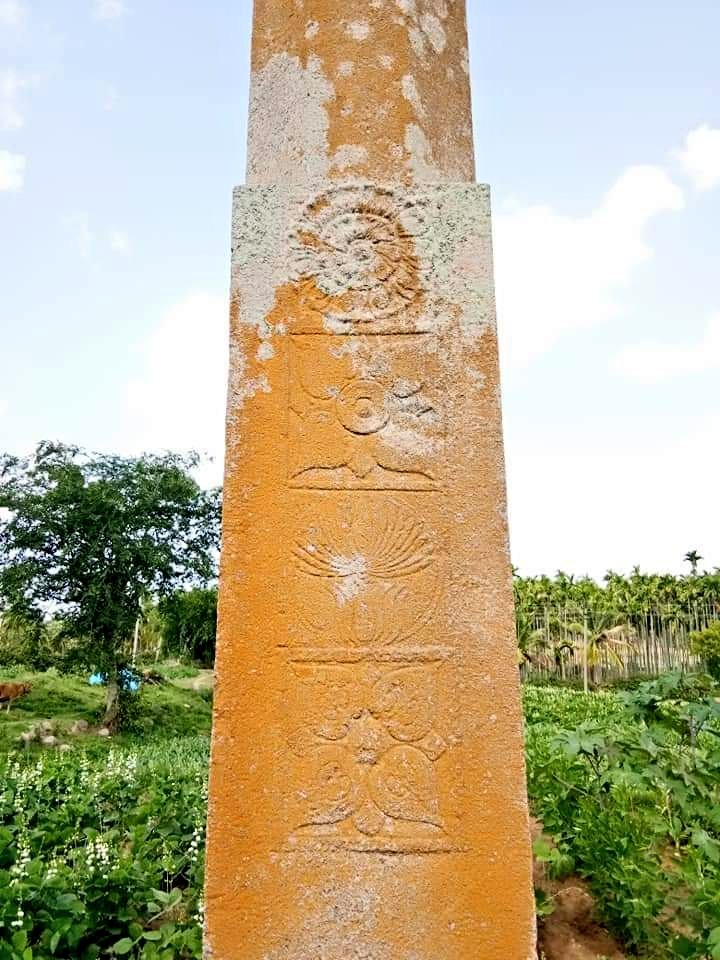

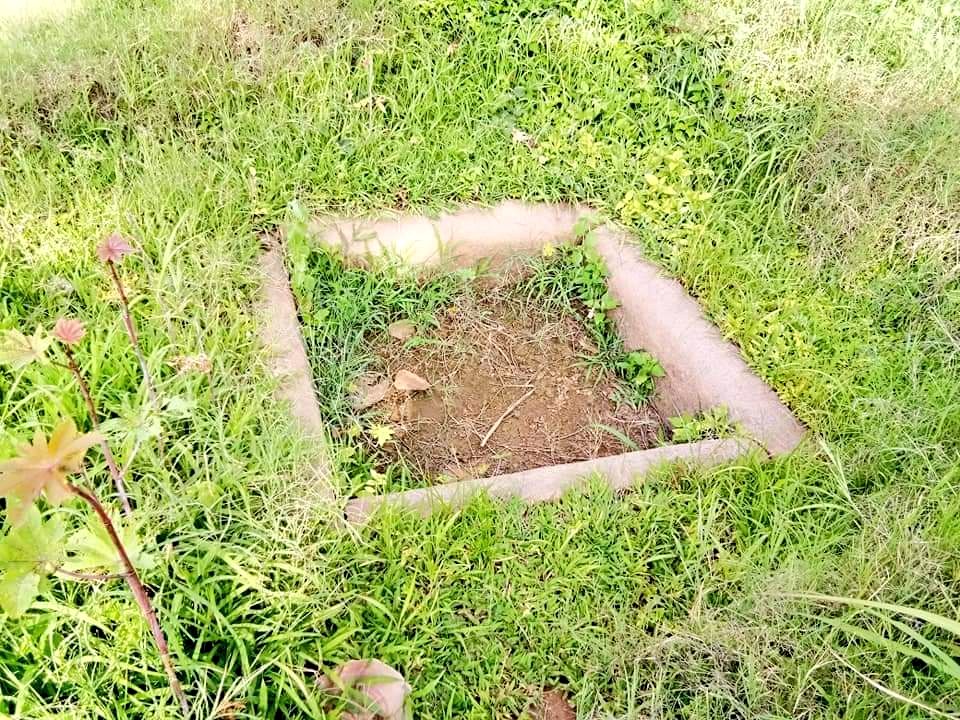
The first inscription of this incident is found at Kalya and it was installed on 17th July 1368 CE. This inscription is documented as Bn9Mg18 in EC 9. On 24th Aug 1368 CE, copy inscription of this incident was installed at Shravanabelagola.
(7)



(7)




Copies of the sasana (inscription) were supposed to be installed in all the basadis in the kingdom, however we can find a copy only at Shravanabelagola now. This historic incident in Hoysala Kingdom well narrated on a stone inscription is found in the famous Bhandara Basadi.
(8)
(8)

It is about a Dispute Resolution judgment by Bukka raya between the Jainas & Vaishnavas. The Jains of the kingdom complained to Bukka raya about the killings, destruction of basadis & other indignities caused by the Bhaktas to them. Summary of the 1368 AD Kalya Inscription -
(9)
(9)

Bukka raya places hands of Jainas in the hands of Vaishnavas & decrees that both are equally valid religions & instructs Jainas to pay one hana per family annually to Vaishnavas who he appoints as caretakers of Jainas, & entrusts them the task of protecting basadis & Jainas
(10)
(10)

Why is this inscription installed in Kalya?
Because Kalya was a great #Jain center at that time & the matter was taken to Bukkaraya by Busavi Setti a Jaina merchant of Kalya. Sadly, despite this, there is not a single Jaina or Jain temple found in Kalya today!
(11)
Because Kalya was a great #Jain center at that time & the matter was taken to Bukkaraya by Busavi Setti a Jaina merchant of Kalya. Sadly, despite this, there is not a single Jaina or Jain temple found in Kalya today!
(11)

Bussavi Setti was the first Jain to revolt against Sri Vaisṇavas who destroyed many Jain temples around Sankighatta and took the issue to Hoysala King. The King intervened & made a compromise between the Jains & the Srivaiṣṇavas.
(12)
(12)

Sankighatta is another historic #Jain center which was under the control of Settrus of Sankighatta, we can still find Jain families even today. The 11th-century basadi of Bhagavan Mahaveer built by the Hoyasala king Narasimha-I, son of Vishnuvardhana from Lakshmi also exists
(13)
(13)

@threadreaderapp unroll
• • •
Missing some Tweet in this thread? You can try to
force a refresh



































